#SOHO has found 4000 comets! https://abs.twimg.com/emoji/v2/... draggable="false" alt="🥳" title="Partying face" aria-label="Emoji: Partying face">
https://abs.twimg.com/emoji/v2/... draggable="false" alt="🥳" title="Partying face" aria-label="Emoji: Partying face">
With #AsteroidDay coming up, we thought we& #39;d dig into the potentially risky side of these cosmic snowballs
Have there been comet impacts with Earth?
Do we know of craters formed by comets?
Are comets more/less dangerous than asteroids?
#SpaceCare https://twitter.com/esascience/status/1273254761953923077">https://twitter.com/esascienc...
With #AsteroidDay coming up, we thought we& #39;d dig into the potentially risky side of these cosmic snowballs
Have there been comet impacts with Earth?
Do we know of craters formed by comets?
Are comets more/less dangerous than asteroids?
#SpaceCare https://twitter.com/esascience/status/1273254761953923077">https://twitter.com/esascienc...
No discovered comet has ever impacted Earth - but that doesn& #39;t mean cometary material hasn& #39;t fallen in the past.
The Tunguska event of 1908 saw a large explosion over the Eastern Siberian Taiga, which flattened millions of trees over roughly 2000 square kilometres
#SpaceCare
The Tunguska event of 1908 saw a large explosion over the Eastern Siberian Taiga, which flattened millions of trees over roughly 2000 square kilometres
#SpaceCare
The Tunguska impact released a lot of energy but left no material on the ground. One of the leading theories for the absence of solid mass was that it was caused by a comet, mostly made of ice, which did not survive long on the ground
#SpaceCare
 https://abs.twimg.com/emoji/v2/... draggable="false" alt="📸" title="Kamera mit Blitz" aria-label="Emoji: Kamera mit Blitz">Comet Swan, Gerald Rhemann
https://abs.twimg.com/emoji/v2/... draggable="false" alt="📸" title="Kamera mit Blitz" aria-label="Emoji: Kamera mit Blitz">Comet Swan, Gerald Rhemann
#SpaceCare
However, we now know that even a rocky object can fragment completely during the & #39;airburst& #39;. The Chelyabinsk event left one small 500kg fragment - had that hit the swamps of Siberia it could have sunk in and disappeared
#SpaceCare
 https://abs.twimg.com/emoji/v2/... draggable="false" alt="📸" title="Kamera mit Blitz" aria-label="Emoji: Kamera mit Blitz">Chelyabinsk meteor, Alex Alishevskikh
https://abs.twimg.com/emoji/v2/... draggable="false" alt="📸" title="Kamera mit Blitz" aria-label="Emoji: Kamera mit Blitz">Chelyabinsk meteor, Alex Alishevskikh
#SpaceCare
Some meteorites of very primitive composition, such as the Tagish Lake meteorite that fell in Canada in 2000, are thought to closely resemble cometary matter, and are therefore likely fragments of comets.
#SpaceCare
#AsteroidDay
 https://abs.twimg.com/emoji/v2/... draggable="false" alt="📸" title="Kamera mit Blitz" aria-label="Emoji: Kamera mit Blitz">Tagish Lake meteorite, Mike Zolensky
https://abs.twimg.com/emoji/v2/... draggable="false" alt="📸" title="Kamera mit Blitz" aria-label="Emoji: Kamera mit Blitz">Tagish Lake meteorite, Mike Zolensky
#SpaceCare
#AsteroidDay
Since we don& #39;t have any actual comet sample in a lab, it& #39;s hard to know for sure. Of course, most meteors are generated by tiny fragments of comets, so in a certain sense they do impact us every year.
 https://abs.twimg.com/emoji/v2/... draggable="false" alt="📸" title="Kamera mit Blitz" aria-label="Emoji: Kamera mit Blitz">Perseid meteor shower, associated with the comet Swift–Tuttle
https://abs.twimg.com/emoji/v2/... draggable="false" alt="📸" title="Kamera mit Blitz" aria-label="Emoji: Kamera mit Blitz">Perseid meteor shower, associated with the comet Swift–Tuttle
#SpaceCare
#SpaceCare
Most of the threat from an asteroid or comet impact comes from the atmospheric "explosion" - the airbust - which occurs before any material touches the ground and creates a shock wave that is responsible for most of the damage.
 https://abs.twimg.com/emoji/v2/... draggable="false" alt="📸" title="Kamera mit Blitz" aria-label="Emoji: Kamera mit Blitz">Chelyabinsk impact, Aleksandr Ivanov
https://abs.twimg.com/emoji/v2/... draggable="false" alt="📸" title="Kamera mit Blitz" aria-label="Emoji: Kamera mit Blitz">Chelyabinsk impact, Aleksandr Ivanov
#SpaceCare
#SpaceCare
Comets are less dense than asteroids, therefore for a given diameter they are also less massive and carry less energy. However, most comets are in higher-eccentricty and inclination orbits, resulting in much higher relative velocities with respect to Earth
 https://abs.twimg.com/emoji/v2/... draggable="false" alt="📸" title="Kamera mit Blitz" aria-label="Emoji: Kamera mit Blitz">Orbit of Comet 67P
https://abs.twimg.com/emoji/v2/... draggable="false" alt="📸" title="Kamera mit Blitz" aria-label="Emoji: Kamera mit Blitz">Orbit of Comet 67P
Because of this, comets will have much more kinetic energy than asteroids, more than offsetting their smaller mass due to a lower density, (thanks to the square power of the velocity)
Therefore, an average comet of a given diameter will likely cause more damage than an average asteroid of the same size
#AsteroidDay
#SpaceCare
 https://abs.twimg.com/emoji/v2/... draggable="false" alt="📸" title="Kamera mit Blitz" aria-label="Emoji: Kamera mit Blitz">Halley& #39;s Comet, 1910
https://abs.twimg.com/emoji/v2/... draggable="false" alt="📸" title="Kamera mit Blitz" aria-label="Emoji: Kamera mit Blitz">Halley& #39;s Comet, 1910
#AsteroidDay
#SpaceCare
Currently, we know of ~ 100 near-Earth comets (going up by one or two entries per year). Fortunately, the chance of an impact from an & #39;NEC& #39; is significantly lower than for near-Earth asteroids, of which we currently know there are 22 933!
#SpaceCare
 https://abs.twimg.com/emoji/v2/... draggable="false" alt="📸" title="Kamera mit Blitz" aria-label="Emoji: Kamera mit Blitz">1998 OR2, @NAICobservatory
https://abs.twimg.com/emoji/v2/... draggable="false" alt="📸" title="Kamera mit Blitz" aria-label="Emoji: Kamera mit Blitz">1998 OR2, @NAICobservatory
#SpaceCare

 Read on Twitter
Read on Twitter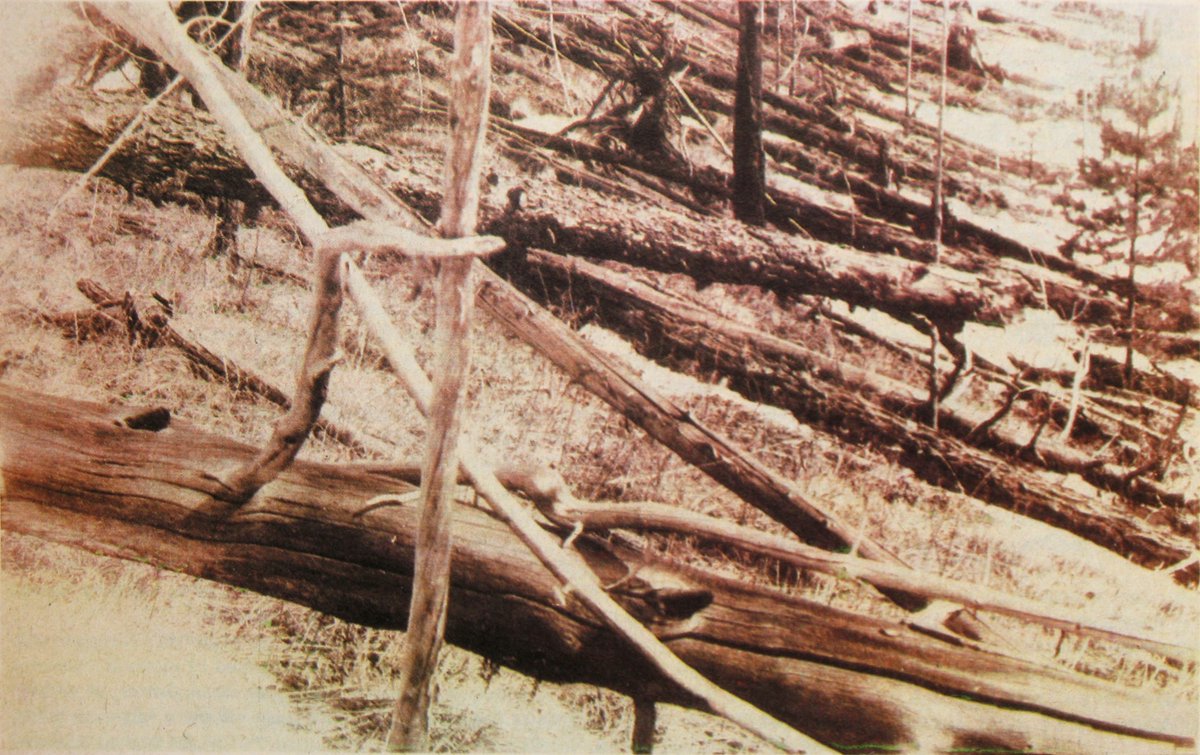
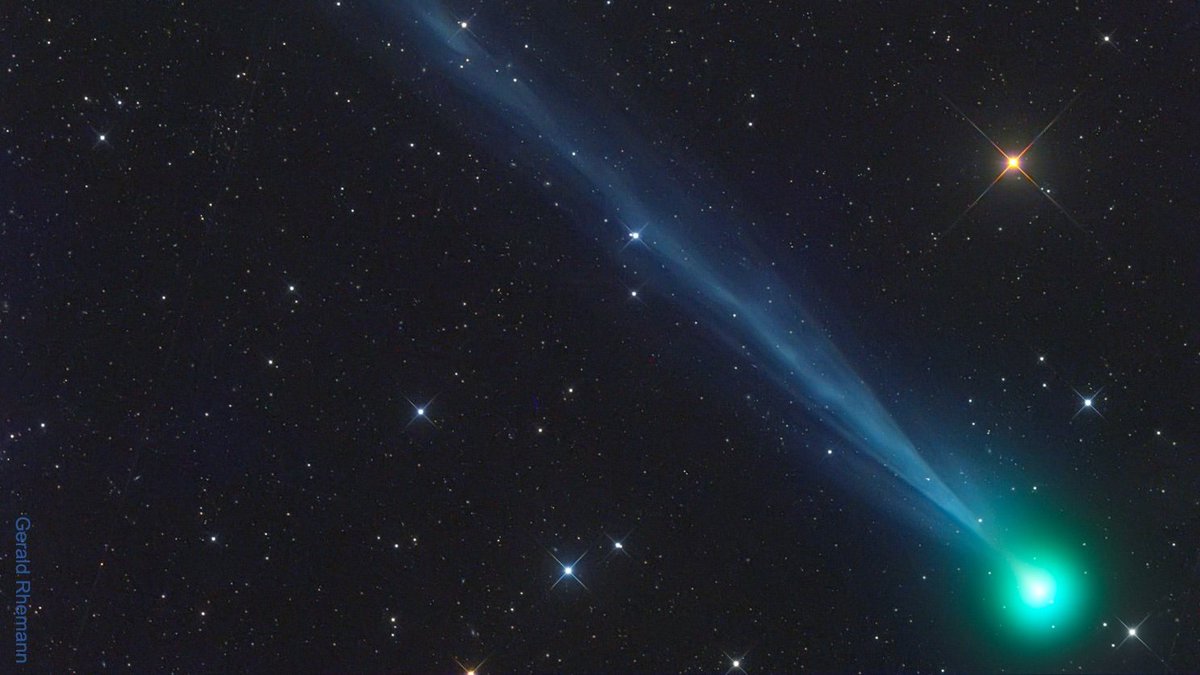 Comet Swan, Gerald Rhemann" title="The Tunguska impact released a lot of energy but left no material on the ground. One of the leading theories for the absence of solid mass was that it was caused by a comet, mostly made of ice, which did not survive long on the ground #SpaceCarehttps://abs.twimg.com/emoji/v2/... draggable="false" alt="📸" title="Kamera mit Blitz" aria-label="Emoji: Kamera mit Blitz">Comet Swan, Gerald Rhemann" class="img-responsive" style="max-width:100%;"/>
Comet Swan, Gerald Rhemann" title="The Tunguska impact released a lot of energy but left no material on the ground. One of the leading theories for the absence of solid mass was that it was caused by a comet, mostly made of ice, which did not survive long on the ground #SpaceCarehttps://abs.twimg.com/emoji/v2/... draggable="false" alt="📸" title="Kamera mit Blitz" aria-label="Emoji: Kamera mit Blitz">Comet Swan, Gerald Rhemann" class="img-responsive" style="max-width:100%;"/>
 Chelyabinsk meteor, Alex Alishevskikh" title="However, we now know that even a rocky object can fragment completely during the & #39;airburst& #39;. The Chelyabinsk event left one small 500kg fragment - had that hit the swamps of Siberia it could have sunk in and disappeared #SpaceCarehttps://abs.twimg.com/emoji/v2/... draggable="false" alt="📸" title="Kamera mit Blitz" aria-label="Emoji: Kamera mit Blitz">Chelyabinsk meteor, Alex Alishevskikh" class="img-responsive" style="max-width:100%;"/>
Chelyabinsk meteor, Alex Alishevskikh" title="However, we now know that even a rocky object can fragment completely during the & #39;airburst& #39;. The Chelyabinsk event left one small 500kg fragment - had that hit the swamps of Siberia it could have sunk in and disappeared #SpaceCarehttps://abs.twimg.com/emoji/v2/... draggable="false" alt="📸" title="Kamera mit Blitz" aria-label="Emoji: Kamera mit Blitz">Chelyabinsk meteor, Alex Alishevskikh" class="img-responsive" style="max-width:100%;"/>
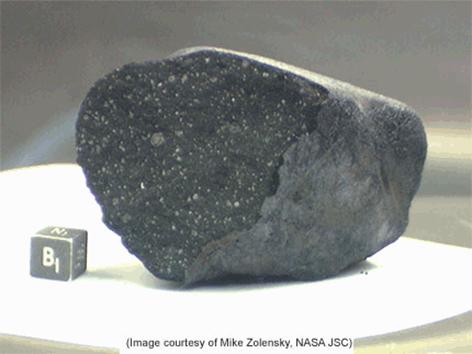 Tagish Lake meteorite, Mike Zolensky" title="Some meteorites of very primitive composition, such as the Tagish Lake meteorite that fell in Canada in 2000, are thought to closely resemble cometary matter, and are therefore likely fragments of comets. #SpaceCare #AsteroidDayhttps://abs.twimg.com/emoji/v2/... draggable="false" alt="📸" title="Kamera mit Blitz" aria-label="Emoji: Kamera mit Blitz">Tagish Lake meteorite, Mike Zolensky" class="img-responsive" style="max-width:100%;"/>
Tagish Lake meteorite, Mike Zolensky" title="Some meteorites of very primitive composition, such as the Tagish Lake meteorite that fell in Canada in 2000, are thought to closely resemble cometary matter, and are therefore likely fragments of comets. #SpaceCare #AsteroidDayhttps://abs.twimg.com/emoji/v2/... draggable="false" alt="📸" title="Kamera mit Blitz" aria-label="Emoji: Kamera mit Blitz">Tagish Lake meteorite, Mike Zolensky" class="img-responsive" style="max-width:100%;"/>
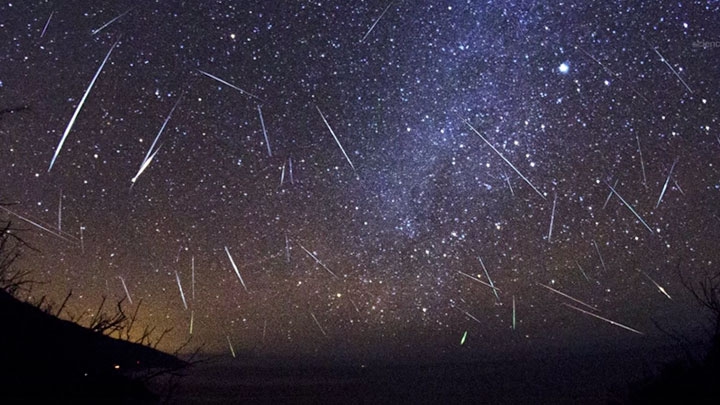 Perseid meteor shower, associated with the comet Swift–Tuttle #SpaceCare" title="Since we don& #39;t have any actual comet sample in a lab, it& #39;s hard to know for sure. Of course, most meteors are generated by tiny fragments of comets, so in a certain sense they do impact us every year.https://abs.twimg.com/emoji/v2/... draggable="false" alt="📸" title="Kamera mit Blitz" aria-label="Emoji: Kamera mit Blitz">Perseid meteor shower, associated with the comet Swift–Tuttle #SpaceCare" class="img-responsive" style="max-width:100%;"/>
Perseid meteor shower, associated with the comet Swift–Tuttle #SpaceCare" title="Since we don& #39;t have any actual comet sample in a lab, it& #39;s hard to know for sure. Of course, most meteors are generated by tiny fragments of comets, so in a certain sense they do impact us every year.https://abs.twimg.com/emoji/v2/... draggable="false" alt="📸" title="Kamera mit Blitz" aria-label="Emoji: Kamera mit Blitz">Perseid meteor shower, associated with the comet Swift–Tuttle #SpaceCare" class="img-responsive" style="max-width:100%;"/>
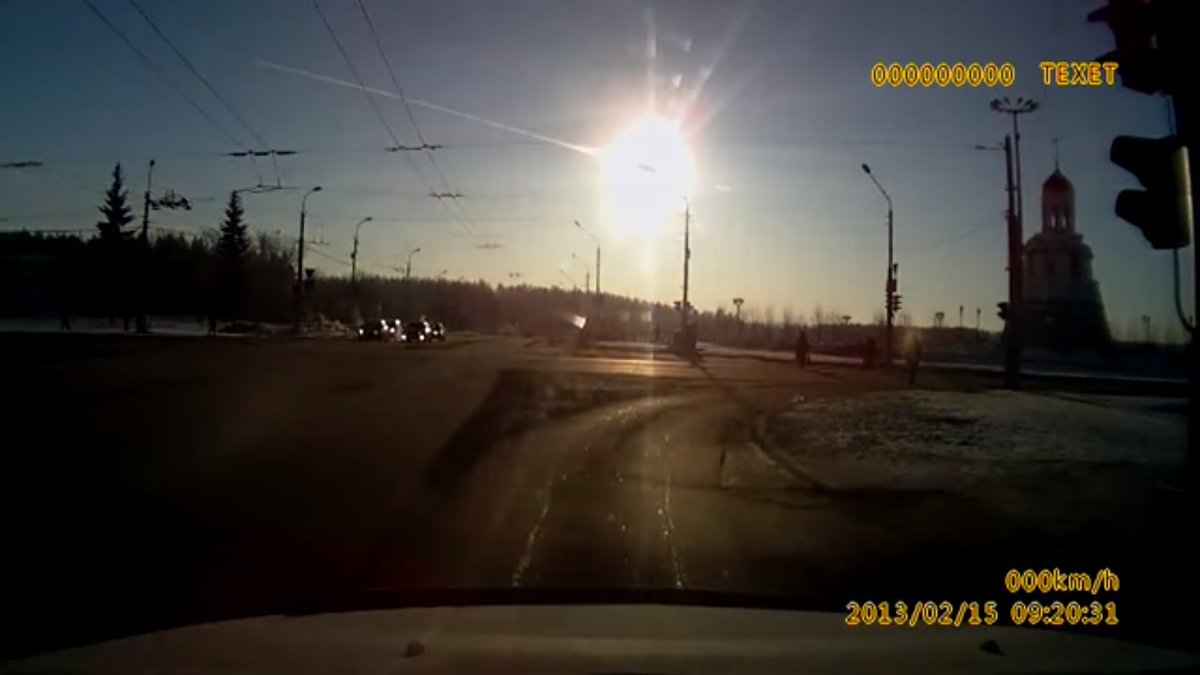 Chelyabinsk impact, Aleksandr Ivanov #SpaceCare" title="Most of the threat from an asteroid or comet impact comes from the atmospheric "explosion" - the airbust - which occurs before any material touches the ground and creates a shock wave that is responsible for most of the damage. https://abs.twimg.com/emoji/v2/... draggable="false" alt="📸" title="Kamera mit Blitz" aria-label="Emoji: Kamera mit Blitz">Chelyabinsk impact, Aleksandr Ivanov #SpaceCare" class="img-responsive" style="max-width:100%;"/>
Chelyabinsk impact, Aleksandr Ivanov #SpaceCare" title="Most of the threat from an asteroid or comet impact comes from the atmospheric "explosion" - the airbust - which occurs before any material touches the ground and creates a shock wave that is responsible for most of the damage. https://abs.twimg.com/emoji/v2/... draggable="false" alt="📸" title="Kamera mit Blitz" aria-label="Emoji: Kamera mit Blitz">Chelyabinsk impact, Aleksandr Ivanov #SpaceCare" class="img-responsive" style="max-width:100%;"/>
 Orbit of Comet 67P" title="Comets are less dense than asteroids, therefore for a given diameter they are also less massive and carry less energy. However, most comets are in higher-eccentricty and inclination orbits, resulting in much higher relative velocities with respect to Earthhttps://abs.twimg.com/emoji/v2/... draggable="false" alt="📸" title="Kamera mit Blitz" aria-label="Emoji: Kamera mit Blitz">Orbit of Comet 67P" class="img-responsive" style="max-width:100%;"/>
Orbit of Comet 67P" title="Comets are less dense than asteroids, therefore for a given diameter they are also less massive and carry less energy. However, most comets are in higher-eccentricty and inclination orbits, resulting in much higher relative velocities with respect to Earthhttps://abs.twimg.com/emoji/v2/... draggable="false" alt="📸" title="Kamera mit Blitz" aria-label="Emoji: Kamera mit Blitz">Orbit of Comet 67P" class="img-responsive" style="max-width:100%;"/>

 Halley& #39;s Comet, 1910" title="Therefore, an average comet of a given diameter will likely cause more damage than an average asteroid of the same size #AsteroidDay #SpaceCarehttps://abs.twimg.com/emoji/v2/... draggable="false" alt="📸" title="Kamera mit Blitz" aria-label="Emoji: Kamera mit Blitz">Halley& #39;s Comet, 1910" class="img-responsive" style="max-width:100%;"/>
Halley& #39;s Comet, 1910" title="Therefore, an average comet of a given diameter will likely cause more damage than an average asteroid of the same size #AsteroidDay #SpaceCarehttps://abs.twimg.com/emoji/v2/... draggable="false" alt="📸" title="Kamera mit Blitz" aria-label="Emoji: Kamera mit Blitz">Halley& #39;s Comet, 1910" class="img-responsive" style="max-width:100%;"/>


